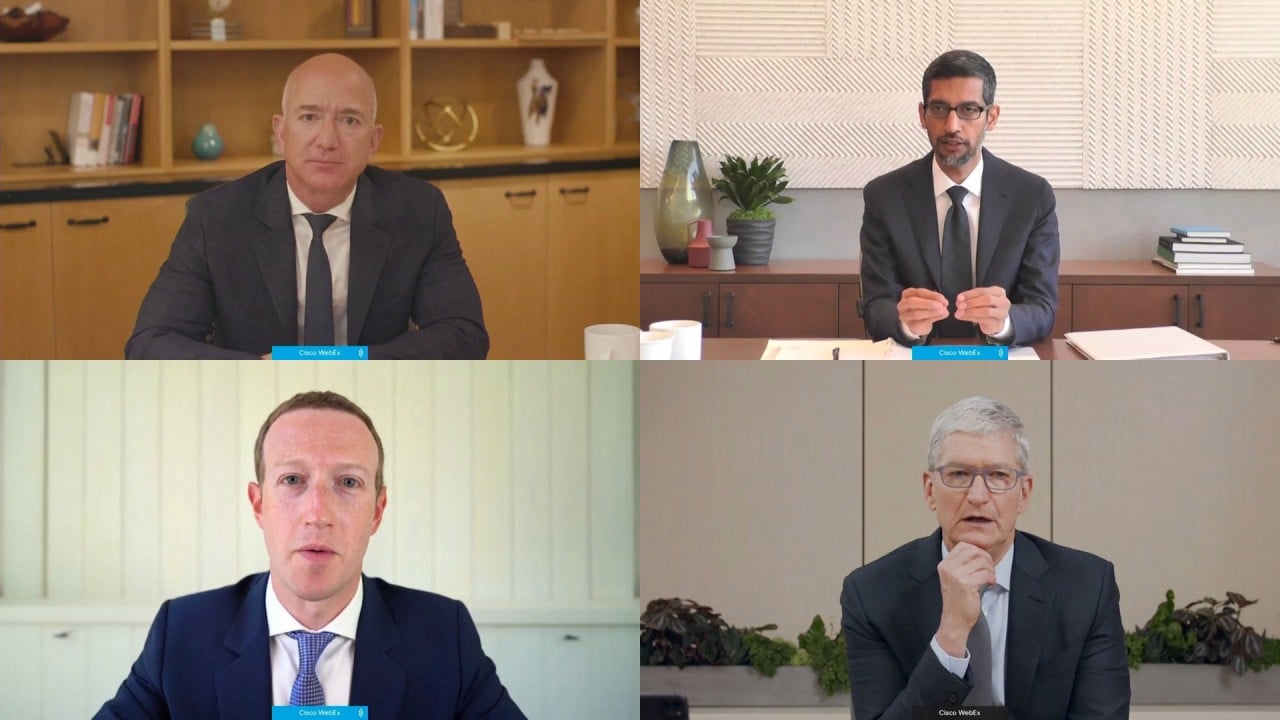
US, China should address trade gap, humanity’s shared challenges like coronavirus and climate change, former trade envoy Long Yongtu says
- Countries should relaunch strategic/economic dialogues when Joe Biden takes office to talk trade gap, IP and other topics, ex-trade envoy Long Yongtu says
- There is also a litany of issues confronting humanity that requires the combined resources and technology of the world’s two largest economies, he says

The US had been running an annual trade deficit against China since record-keeping began in 1993, a constant sore point that previously led to accusations against China of currency manipulation and suggestions for China to import more for domestic consumption.
In July 2017, Trump fired the first salvo of his trade war with China by slapping tariffs on Chinese exports to the US, followed in quick succession by tit-for-tat retaliatory duties by China.
Relations between the two countries have deteriorated into the worst point in decades, with new battlefronts opening in technology, currency, a spat over the origins of the coronavirus pandemic and over attempts to eject Chinese companies from Wall Street.
Two years into the trade war, the US-China trade gap barely budged, narrowing slightly to US$345 billion in 2019 out of a record US$558 billion in bilateral commerce, from US$347 billion in 2016 before Trump’s first tariff, according to US data.
America’s trade deficit with China narrowed to US$63.9 billion in September, after widening to a 14-year record of US$67.1 billion a month earlier, still a yawning gap that should be brought to a “healthy, reasonable and acceptable level”, Long said.
“I hope that we can have a serious talk with our US colleagues on how to narrow the gap through a dynamic process, through the market mechanism,” he said, adding that administrative interference is not the right choice to close the gap.

For a decade until Trump took office in 2017, covering two terms of Barack Obama’s administration and the final two years of George W Bush’s second term, Beijing and Washington DC took turns to host annual dialogues between the two country’s top leaders and cabinet-level officials.
The dialogue “has truly become the cornerstone of our bilateral economic relationship,” said Jack Lew, the US Treasury Secretary in Obama’s second term between 2013 and 2017, in June 2016 during a meeting in Beijing in June 2016.
Negotiation with the US on this aspect can place some pressure on Beijing to better its IPR protection, Long said.

02:06
Facebook, Amazon, Google and Apple respond to Congress about whether China steals US technology
“It’s horrible to see a country use a [the entire nation’s] administrative power to hit, attack one single Chinese enterprise,” Long said. “It created a very bad precedence in the world trade relationship.”
A slew of restrictions, punitive measures and executive orders are likely to be thrown up in the waning weeks of Trump’s tenure, as the outgoing president “flips over the chess board and leaves Biden to pick up the pieces”, said Gabriel Wildau at Teneo Risk Advisory in New York.
“As long as there are dialogues, communications and understanding, we can still find a lot of things in common, and a lot of areas to [cooperate on],” he said.

